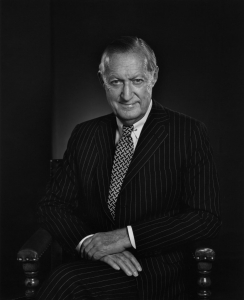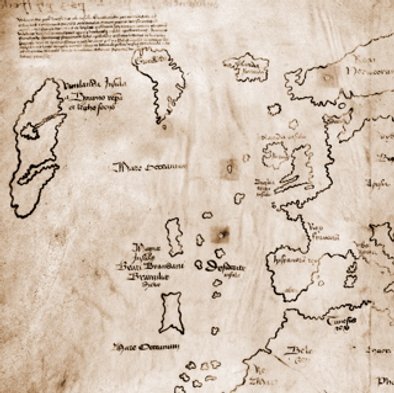First semester freshman year: Yale’s goodbye to Columbus
The day before Columbus Day, 1965, Yale University press almost put Columbus himself out of business.
Publication of The Vinland Map and Tartar Relation made the case that a map inscribed on very old parchment showed that someone else discovered the New World some 400 years earlier. The New York Times broke the story which, back then, was hardly fake news. It was, in fact, to the world and at least this Yale Freshman, a big damn deal.

Even though I didn’t buy my first own antique map until 25 years later, I remember the Vinland Map stir. Wow. My university, in addition to owning one of several rare copies of the Gutenberg Bible, now, thanks to a gift from Paul Mellon (‘29) also held the one and ONLY Vinland Map.

Unfortunately, things at Yale were not always what they seemed (a lesson I was literally shocked to learn on campus as a paid volunteer for some psych experiments akin to the Milgram debacle). Less than a decade after coming to Yale, the Vinland Map’s authenticity came into question. The scholarly case against the map’s authenticity (see Wikipedia) is based on details like ink, missing parchment, cartographic nuance and record, and the criminal past of the European dealer who first “sold” that map.
For myself, an antique map collector of little note, a key phony feature of the map is its accurate depiction of Greenland (Vinland) as the huge island it is today. You see, antique maps printed even hundreds of years later had virtually zero evidence of land masses the size of Greenland having been circumnavigated and mapped, much less outlined and sized pretty much as they actually are. All things considered, more than 50 years after both we and the parchment arrived on campus, the Vinland Map’s status as a fraud, to paraphrase a noted Yalie, appears to be “settled law”.
Alas, our Vinland Map has gone from fame to flub. But at least we still have our undefeated ‘68 football season to fall back on! Oh, wait ….

